With “Babylon Berlin”, a gritty German crime series comes to the small screen, set against breathtaking backdrops under the direction of Tom Tykwer.
The interwar years represented an unstable, “in-between” period in Germany, and at the same time a productive vacuum: While World War I was still fresh in the memory and Nazism lurked in the shadows, the art world flourished and industrialization changed the very foundations of people’s lives and work environments. The postwar years were followed by the “Golden Twenties”, a period of relative stability and a burgeoning amusement industry. At that time, Berlin was at the cutting edge of new developments, a big city in a state of upheaval but with a spirit of optimism. Walter Ruttmann memorialized the city in 1927 in his famous documentary film “Berlin – Symphony of a Great City” and captured the industrially driven zeitgeist in what were quite breathtaking shots given the circumstances of the day.
Now comes “Babylon Berlin”, a series on German television in which this Berlin of the 1920s features as a – if not the – protagonist. It is the first ever German series that tackles the political and social developments of the so-called Weimar Republic of the interwar years in narrative form, and brings to life the notorious “dance on the volcano” against a lavish backdrop and packaged as a crime story. There are 16 episodes lasting 45 minutes, which are to be broadcast over two seasons. “Babylon Berlin” is preceded by a somewhat glamorous reputation: It is the most expensive German series to date, with a budget of 40 million euros, and was financed among others through the first ever collaboration between a public broadcaster and a pay-television provider, namely by ARD and Sky. It was written and realized by Hendrik Handloegten, Achim von Borries and the German Hollywood export Tom Tykwer according to a template by bestselling author Volker Kutscher, and features a prominent cast including Lars Eidinger, Peter Kurth, Hannah Herzsprung, Benno Fürmann and Karl Markovics, to name but a few.
Sin city
“Take a deep breath in … and breathe out”, purrs a hypnotist at the very beginning of the first episode of “Babylon Berlin”. What follows is an associative series of images of future events, followed by a circular fade-in – a nostalgic titbit that will be shown at the beginning of every episode – and all of a sudden the viewer is catapulted into the Berlin of spring 1929, the final throes of the “Golden Twenties”. The title of the series sets the scene: This Berlin is a juggernaut, with sin, corruption and violence lurking behind every corner, just like in the legendary biblical city. The main character is Cologne native Gereon Rath, played by Volker Bruch who, incidentally, also voices the audioguide for the exhibition on the Weimar Republic at the SCHIRN. Traumatized by his experiences during the war, the investigator is on the trail of a porn ring operating in the capital and the mafiosi behind it. By his side is Bruno Wolter from the vice squad, played by the fantastic Peter Kurth, whose typical Berlin irony means he’s always ready with a quip: “So, ladies and gentlemen, form a line, gather up your genitals and shut your mouths.”
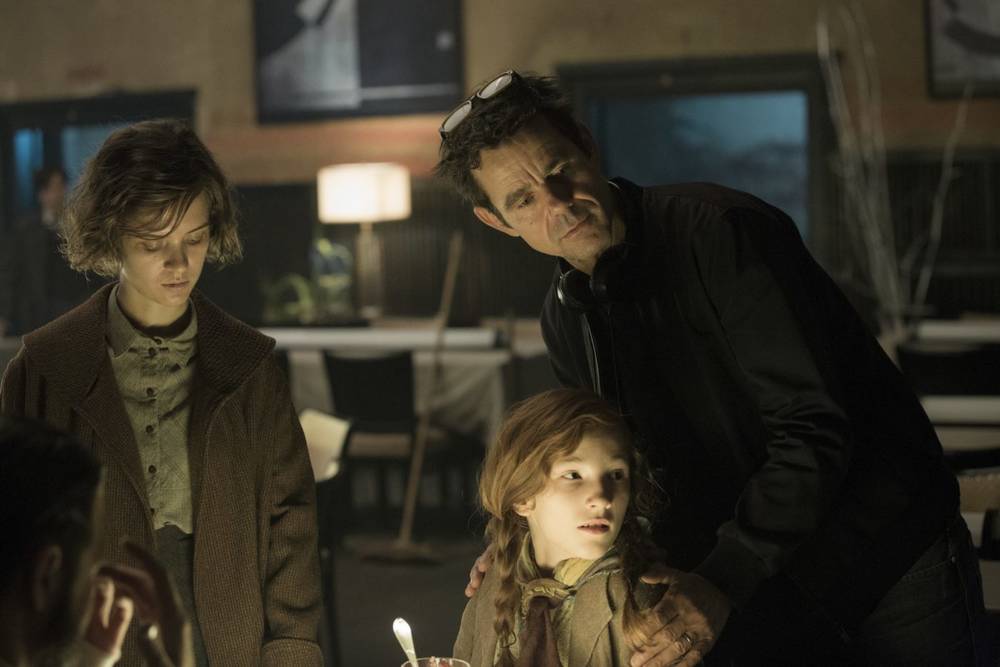
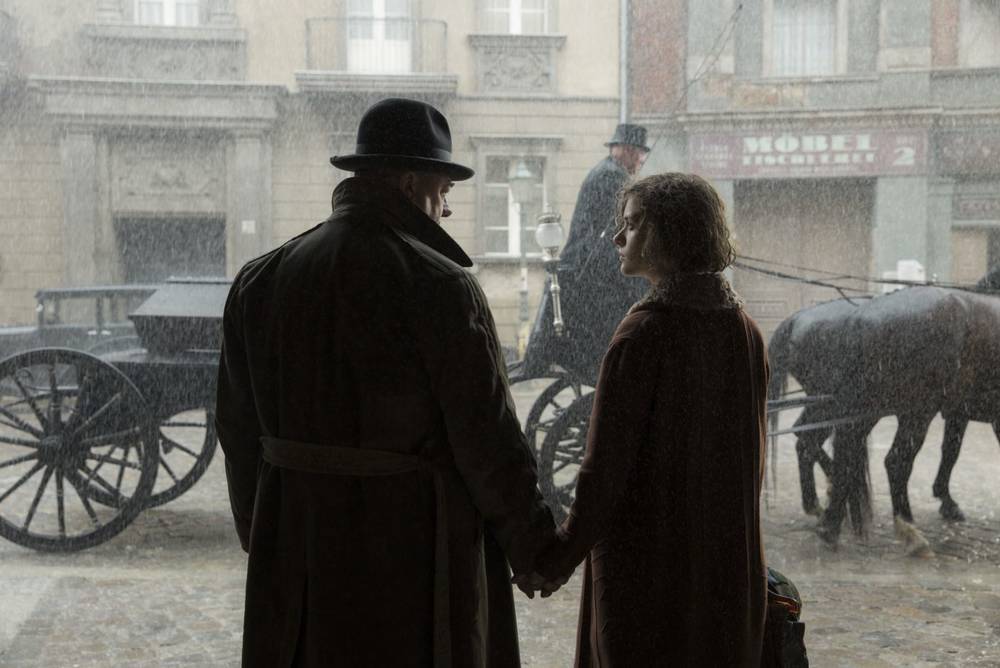
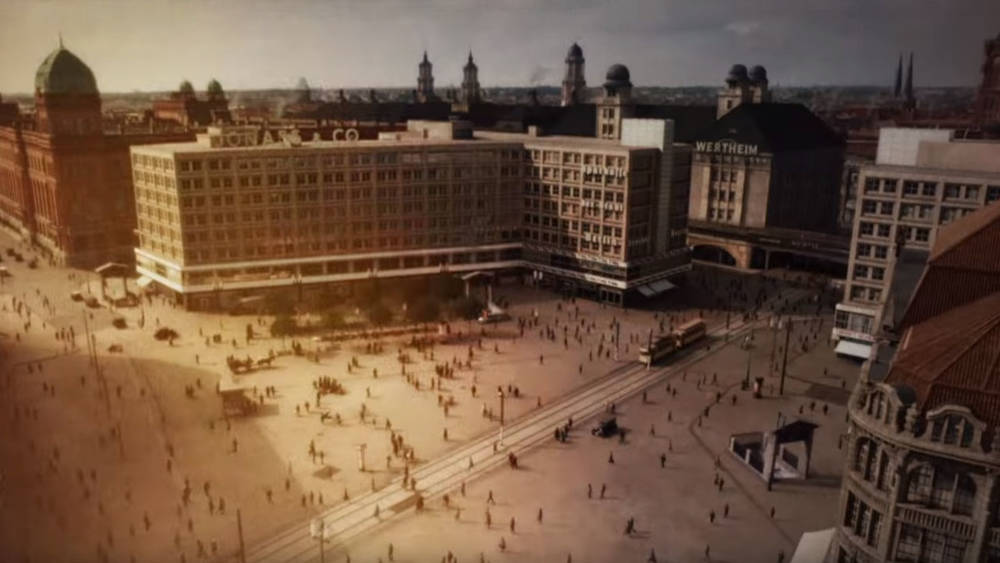
Then we have the pretty, self-confident Charlotte Ritter (Liv Lisa Fries), who keeps her impoverished family just above water through occasional jobs with the police and immoral nighttime activities, as well as a hoard of red Russians expecting a train carrying an important cargo and pursuing various dodgy deals as they do so, a corrupt restaurant chef, and a freeloading Austrian author. Not to be forgotten is the oddball pharmacist from Cologne, who worries about his frigid wife from upscale Charlottenburg: “Yes, they make out like they’re so liberal, but they can’t compare to proper Cologne pussy!”
Weimar Republic 2.0
In the first four episodes made available for advance reporting, the Berlin of the outgoing Weimar Republic, at the very zenith of industrialization, is recreated almost like a mosaic through different threads of the action. World War I literally still weighs on the bones of the main character and is constantly present. The series incorporates historic events like the workers’ protest organized by the German Communist Party, which made history as “Bloody May Day”, and ensures the contrast between the bitter poverty and excessive luxury of the time, between glitter and misery, is evident at all times.
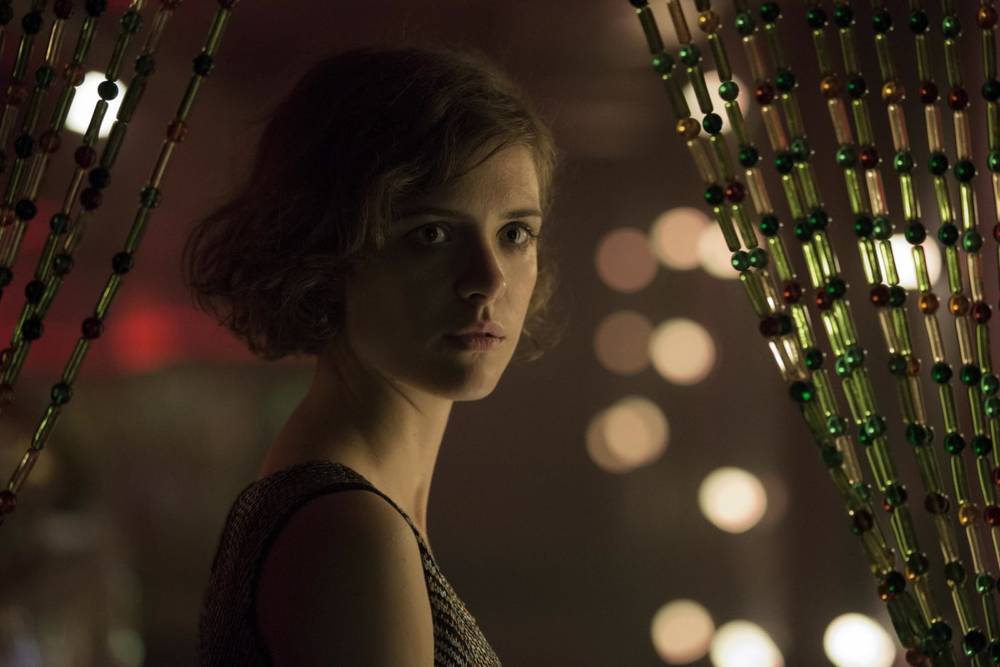
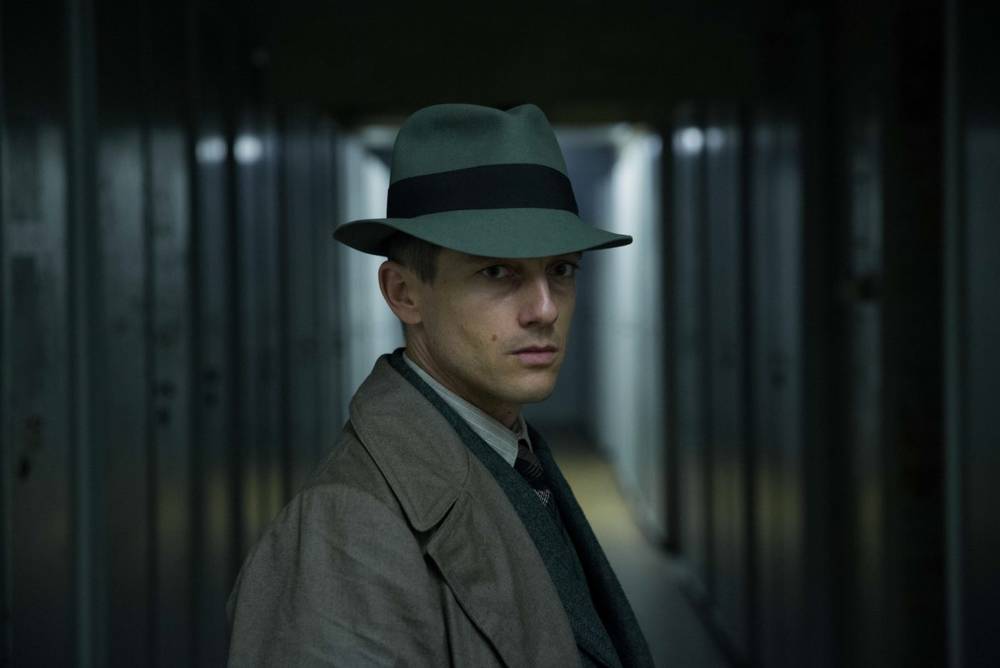
Often the series delves into the city’s glitzy and degenerate nightlife, for which the rhythm is set by the Jazz music which had then been imported from the States, while with new sexual freedom, prostitutes lure intoxicated punters to the cellar. The lavishly staged and choreographed scenes allow us to witness the decadence of the evening before Black Thursday on the New York Stock Exchange in October 1929, which was to tip the global economy into crisis just a short time later. It remains to be seen to what extent “Babylon Berlin” spans the narrative arc towards doomed democracy and what other historic events will yet be incorporated.
Spectacle and poetry
Although the original locations in Berlin and North Rhine-Westphalia were also used for “Babylon Berlin”, filming primarily took place against the outdoor backdrop of “Neue Berliner Strasse” [“New Berlin Street”] at Studio Babelsberg, which was designed by Tom Tykwer’s regular production designer Uli Hanisch. Tykwer, Handloegten and Borries allow the individual threads of the story to unwind with at times ingenious suspense – some to a greater, some to a lesser extent. There are overlaps and parallel developments, entirely in the spirit of the major series on the other side of the Atlantic that make use of horizontal storytelling. Even in the pilot film, the directing trio starts out in grand style. In this establishing phase, which many series need in their own way before moving on to a more solid pace narratively and aesthetically, time and again the three directors build up to a grand spectacle and overdose on certain ingredients. There’s a little too much sinfulness and deliberately cool, hardboiled charm, a few unnecessary clichés, some easily predictable and nevertheless highly charged developments and a tendency to satisfy curiosity that doesn’t always achieve its aim.
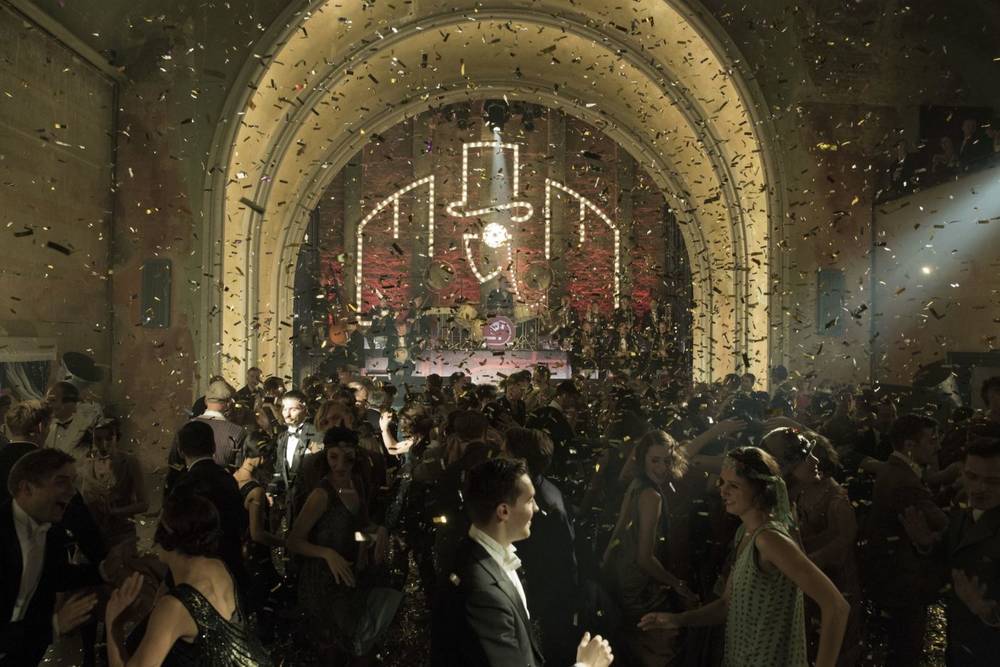
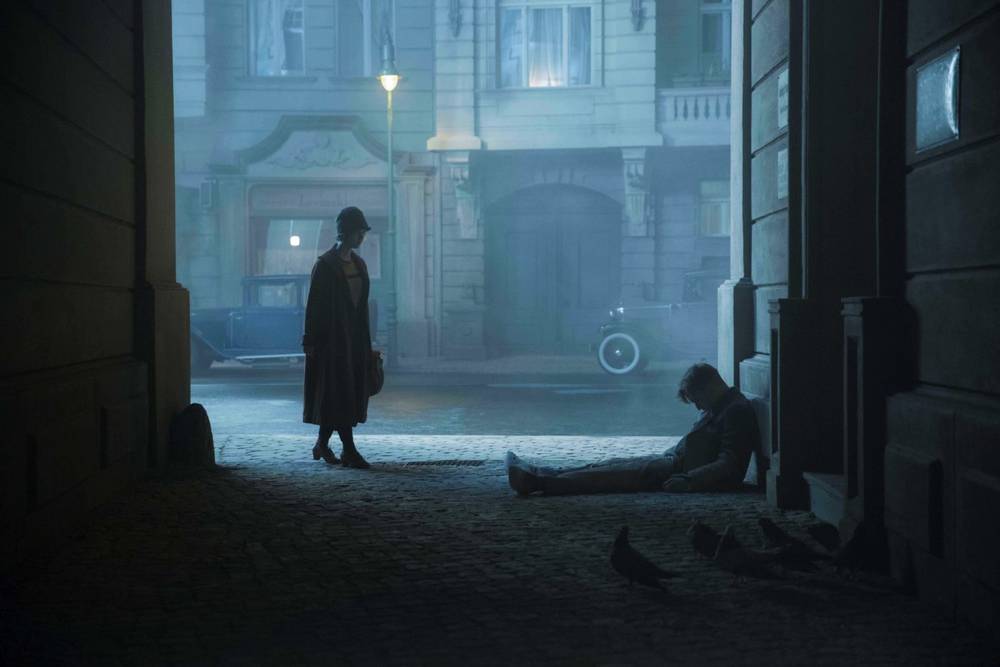
And yet the whole thing is exciting to watch, because the many interesting characters, threads of action and historic connections offer a strong foundation for elaborate storytelling, which ultimately appears to find its ideal modus operandi. One literally has to catch one’s breath in a magnificent scene in which, at first, a boy translates a radio report for his deaf parents, and then Gustav Mahler’s “I Am Lost to the World” becomes an acoustic bracket for the visual juxtaposition of the various players. It is a poetic anchor of calm in a series which could well become something greater. Never before has German television seen the “dance on the volcano” quite like this.
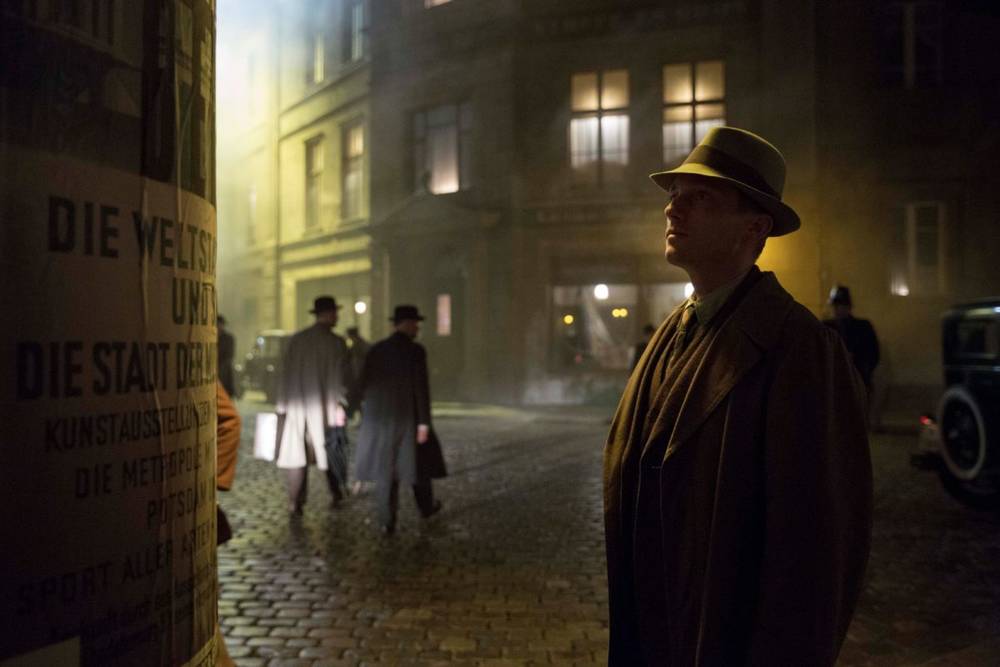

You Get the Picture: On Movement and Substitution in the Work of Lena Henke
The artist LENA HENKE already exhibited in the SCHIRN Rotunda in 2017. What are the secrets of her practice and where can you find her art today?
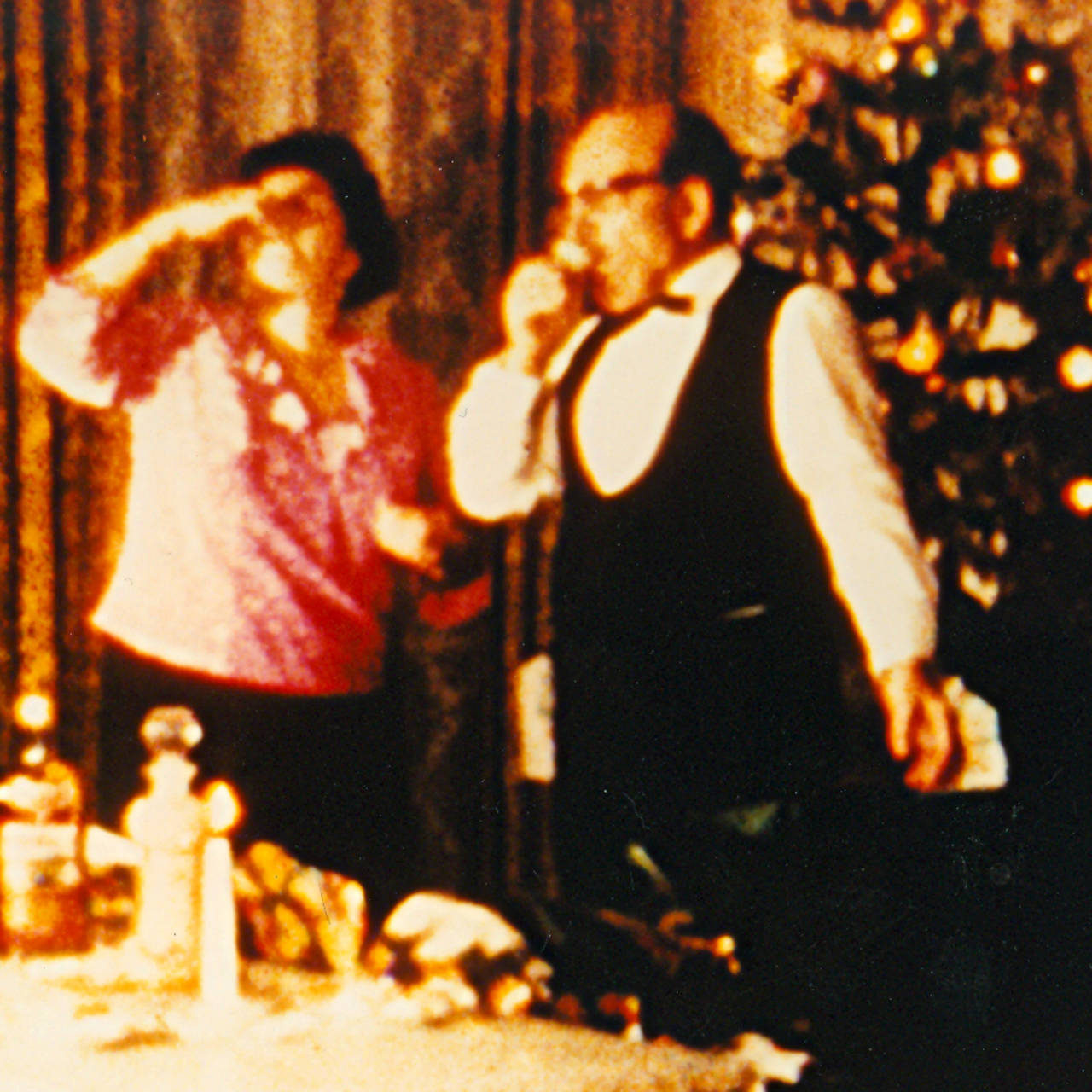
'Have yourself an experimental Christmas'
Bored of watching the same old Christmas films over and over again? Here are some of our favourite experimental films for the festive season.

MOTHER IS MOTHERING. Lesbian motherhood in art
The role of the mother is often described, but most representations are still based on a heteronormative and patriarchal understanding. What does...
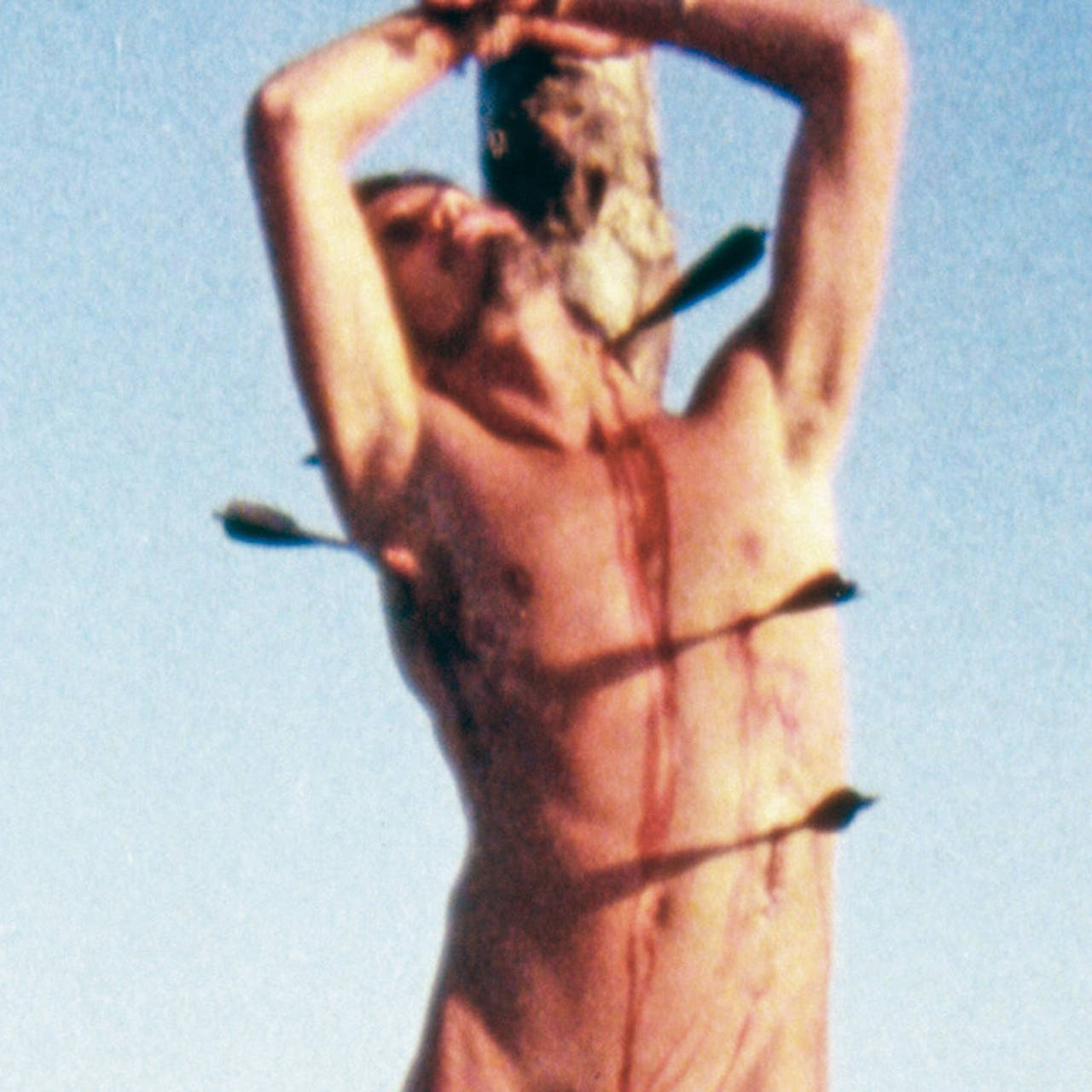
Queercoding in Art and Film: The Portrayal of St. Sebastian
While the sexualised portrayal of Saint Sebastian in Derek Jarman's feature film debut "Sebastiane" initially sparked social controversy in 1976,...
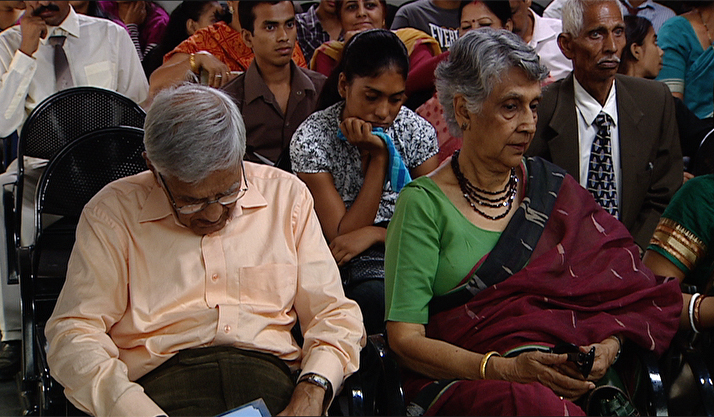
At the mercy of waiting
Artist Bani Abidi is dedicated to the dark absurdities of everyday life. In her video work "The Distance from Here" bureaucracy takes over and waiting...
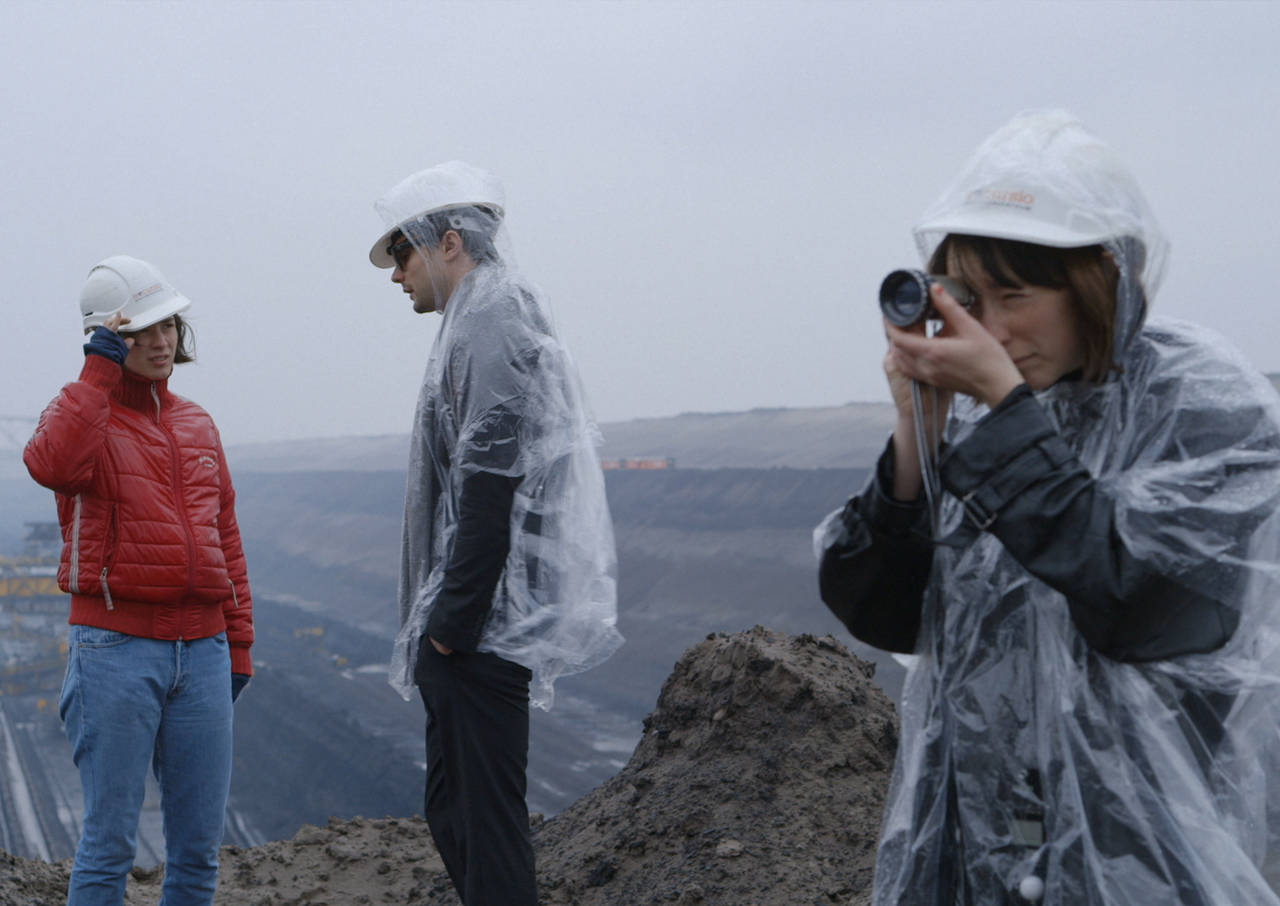
“Please don’t make a film about Godard!”
A film about filmmaking sounds a bit meta. But Kristina Kilian’s video work takes us on a ghostly journey through Godard’s Germany after the fall of...
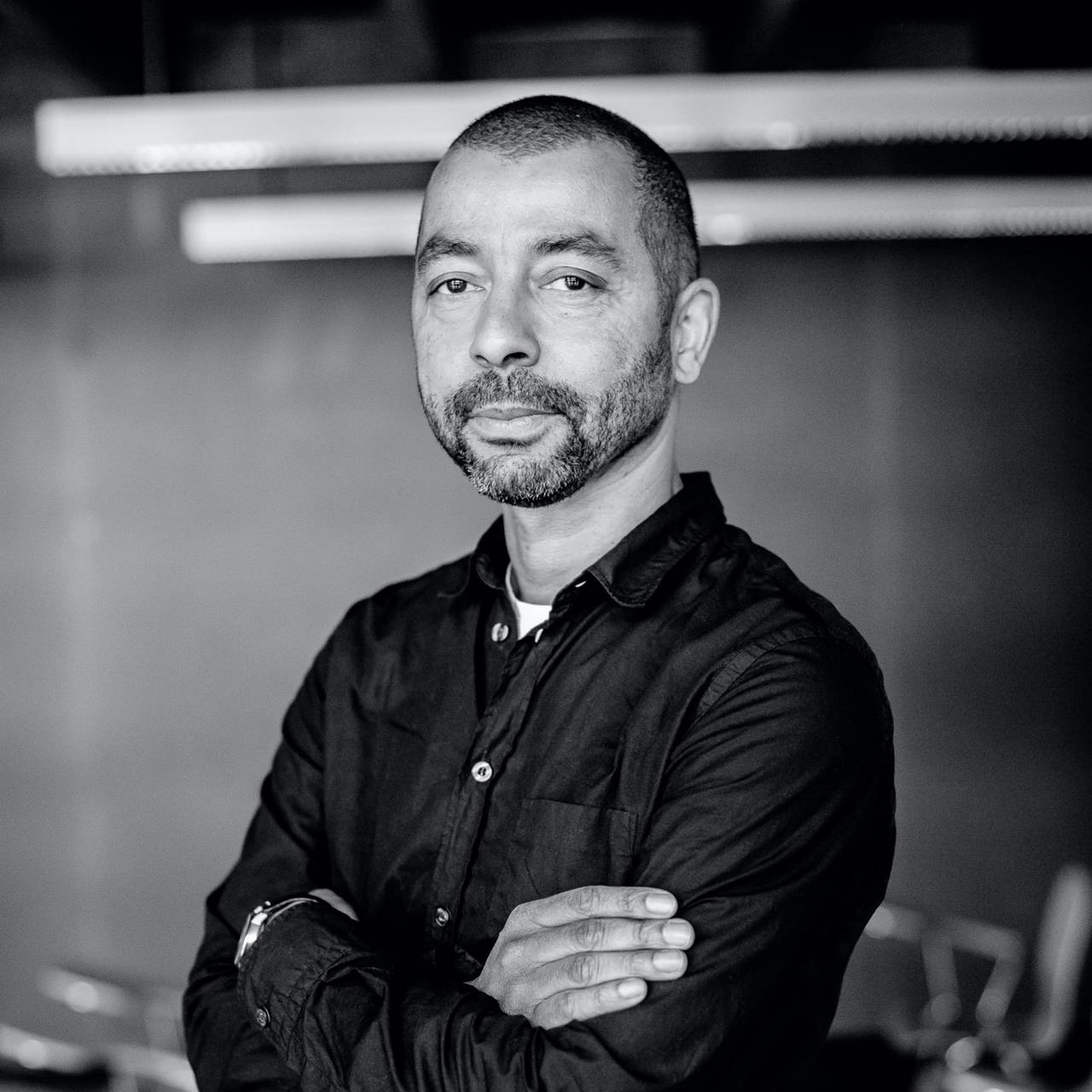
Black is not a Color
In a film series, Oliver Hardt combines the themes from Kara Walker’s work with the perspectives of Black people in Germany. In conversation with...
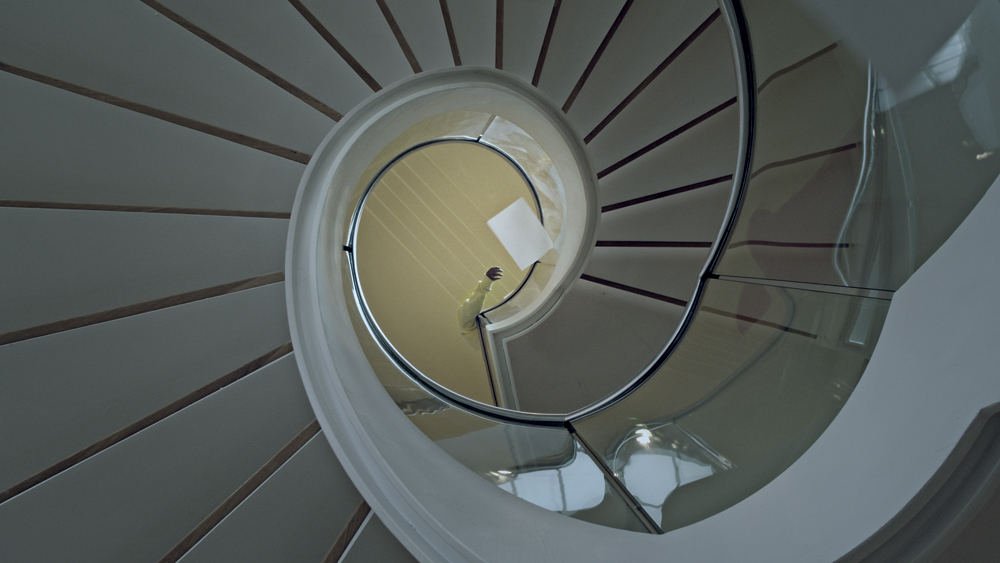
How do we Remember?
In which places does history become visible? And what do we remember at all? Maya Schweizer begins her search for clues in the sewers and slowly feels...

Film highlights from South and North America
How can we break with the power relations of the past and create a decolonial future? A look at the representation of Indigenous women in film.
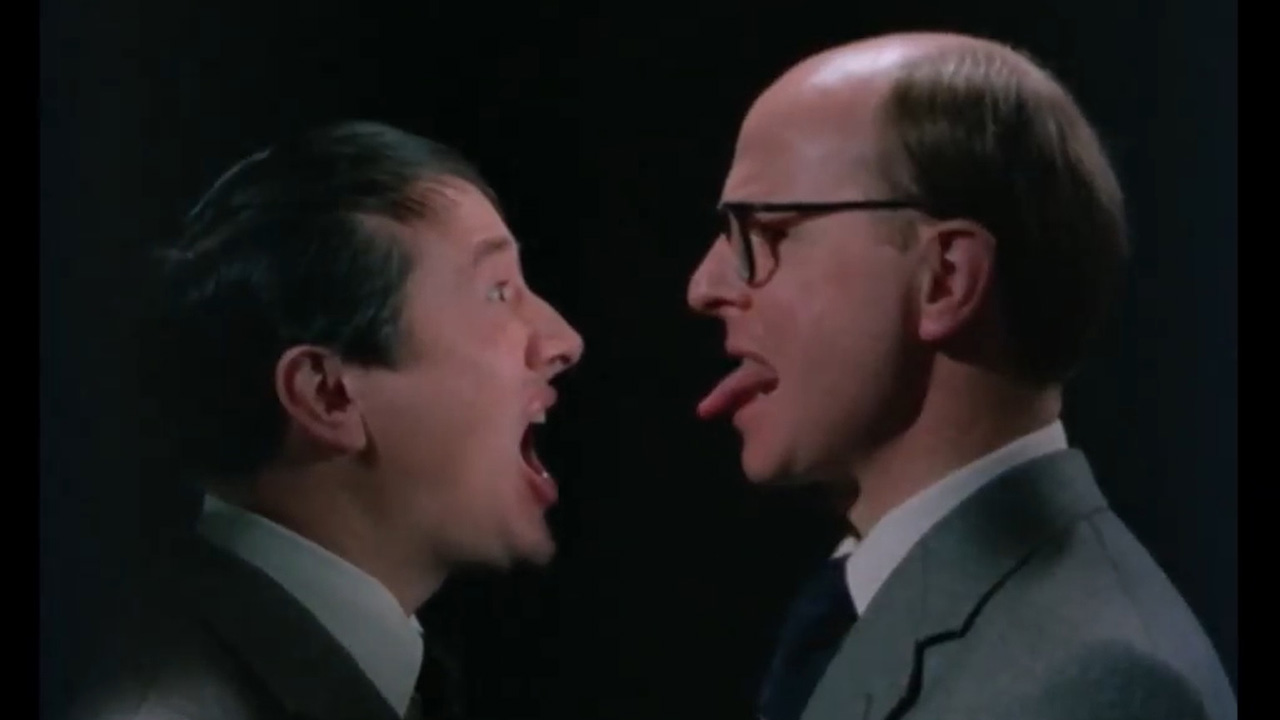
Must See: The World of Gilbert & George
Eccentric, fascinating, repulsive, entertaining and full of symbols: “The World of Gilbert & George” is a collage about the artifice of everyday life...

Spring is coming, and so is Magnetic North
For the first time in Germany, principal works from Canada’s major collections are on view at the SCHIRN. At the same time, the exhibition examines...
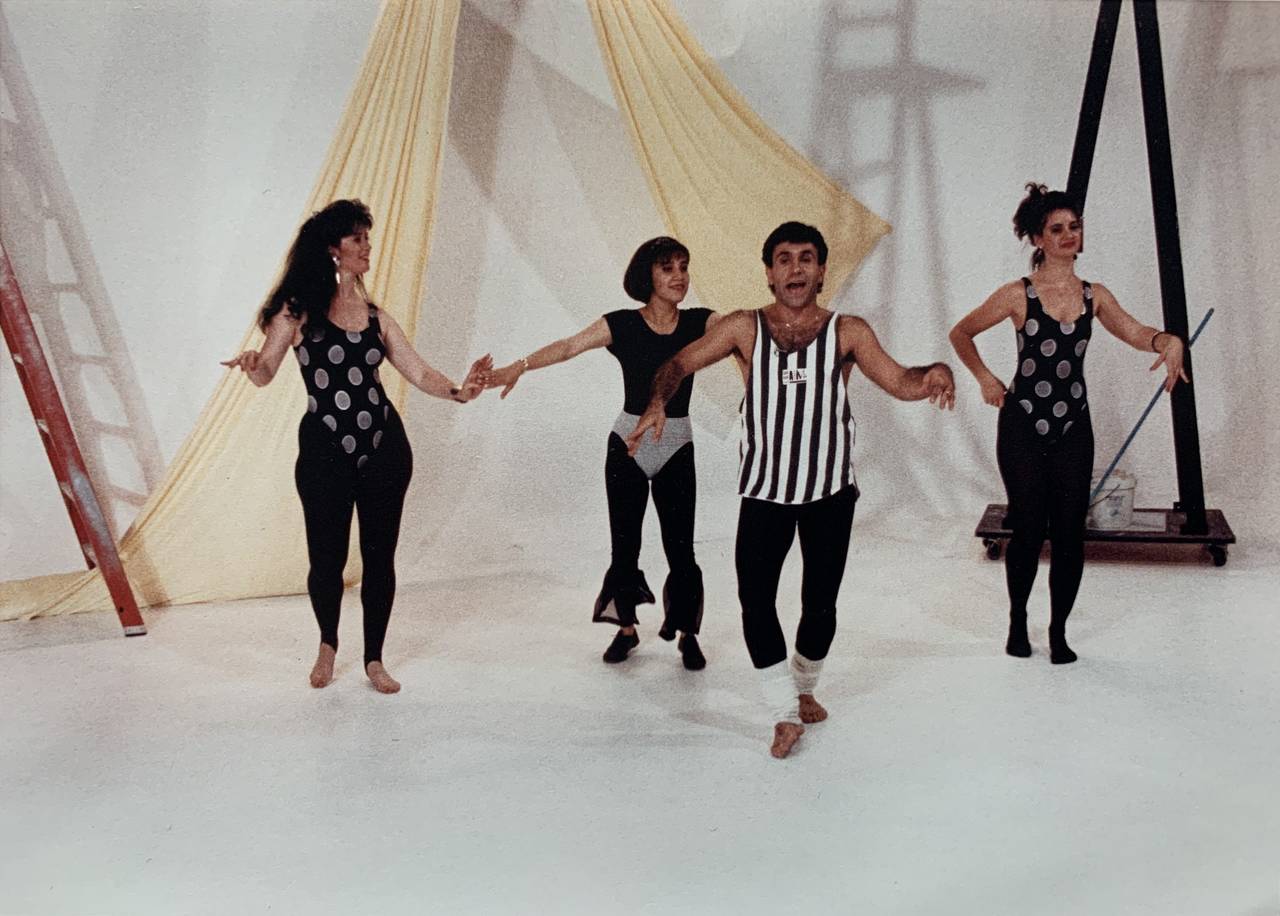
A Revolution in Iranian Dance
After the Iranian Revolution a nationwide dance ban was issued. It was subverted by smuggled video cassettes of dancer-in-exile Mohammad Khordadian,...